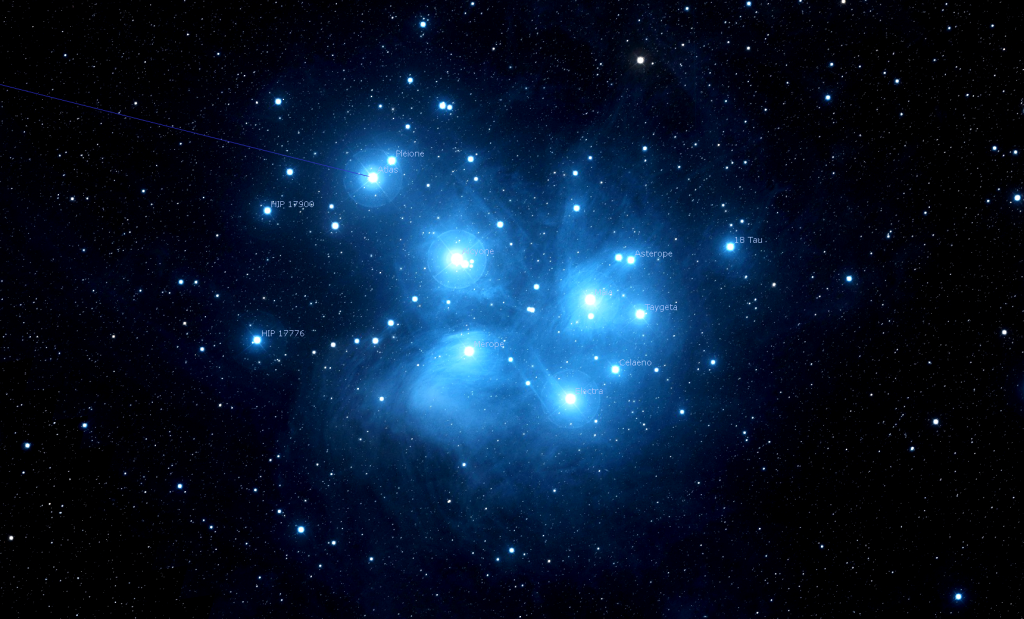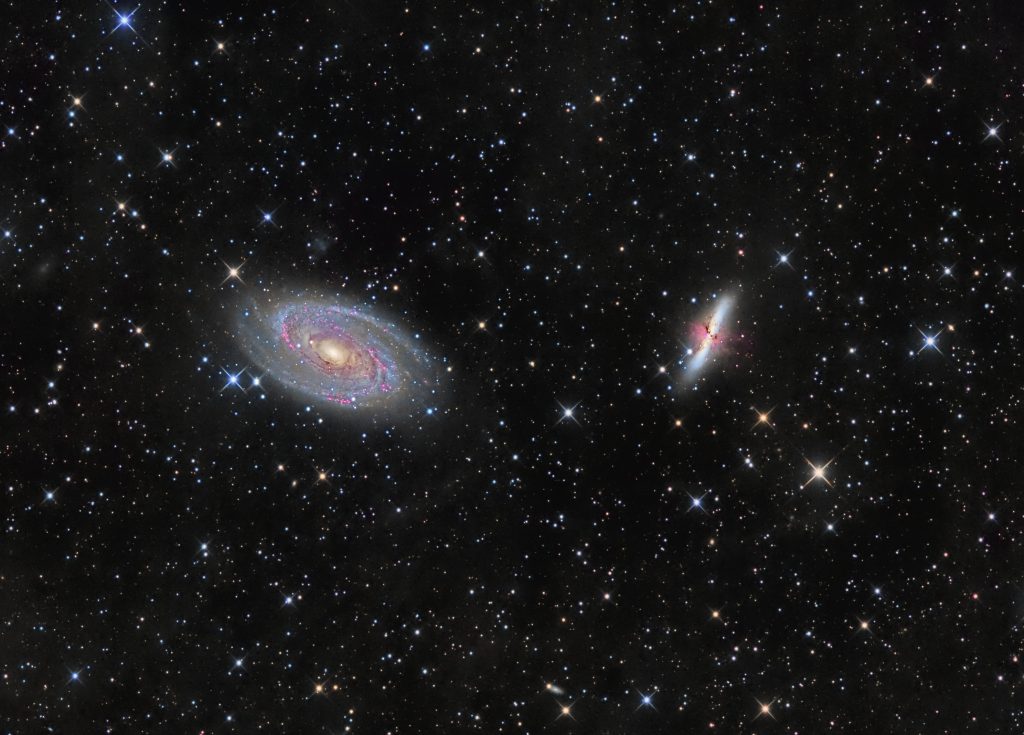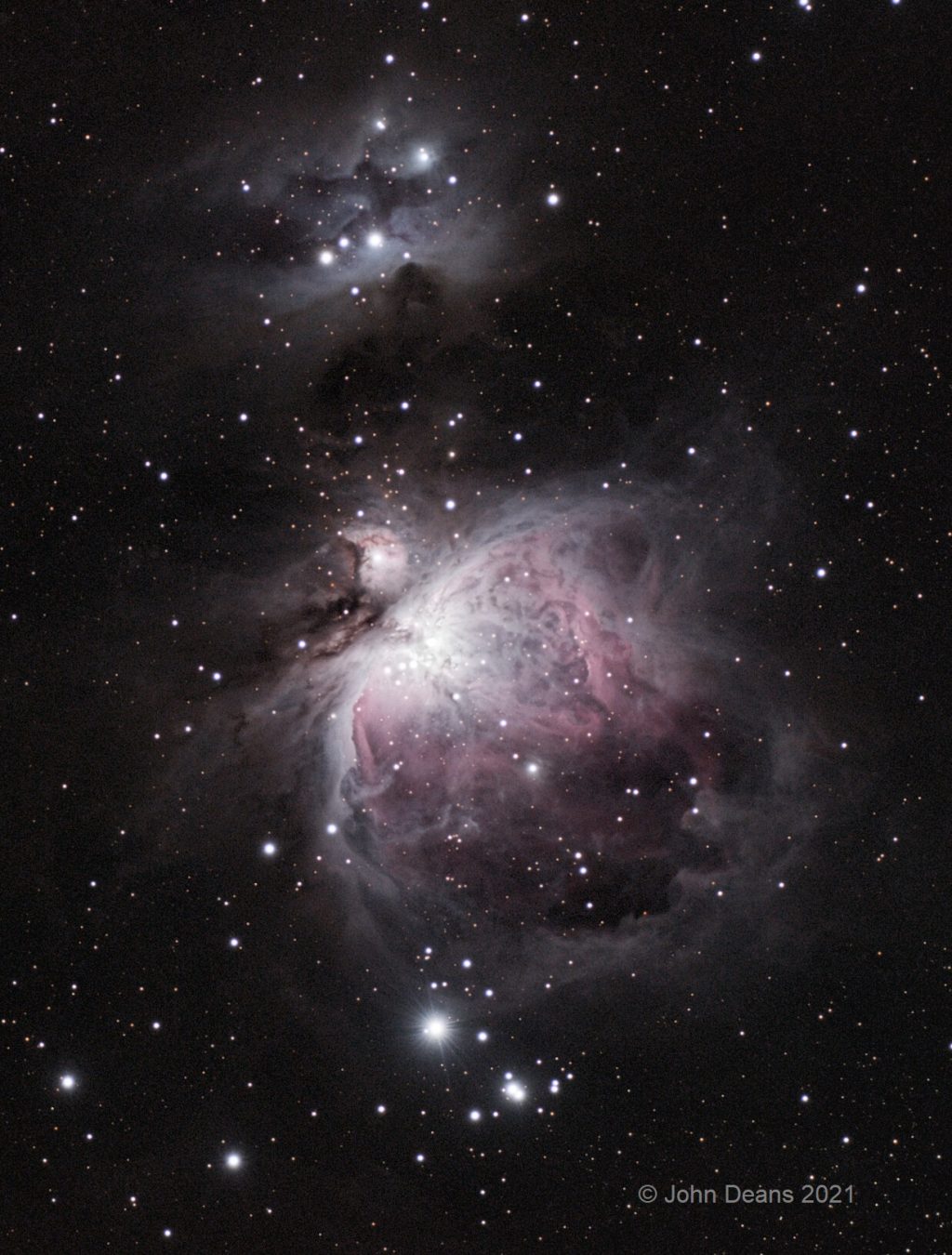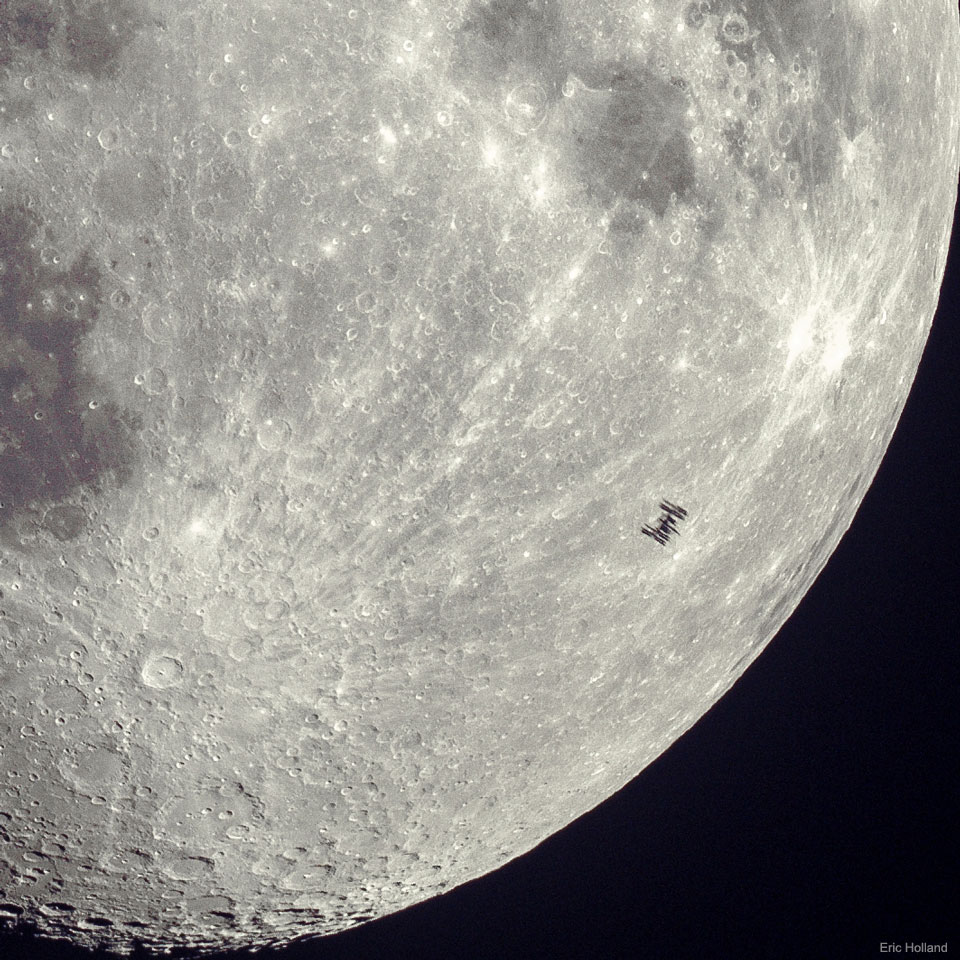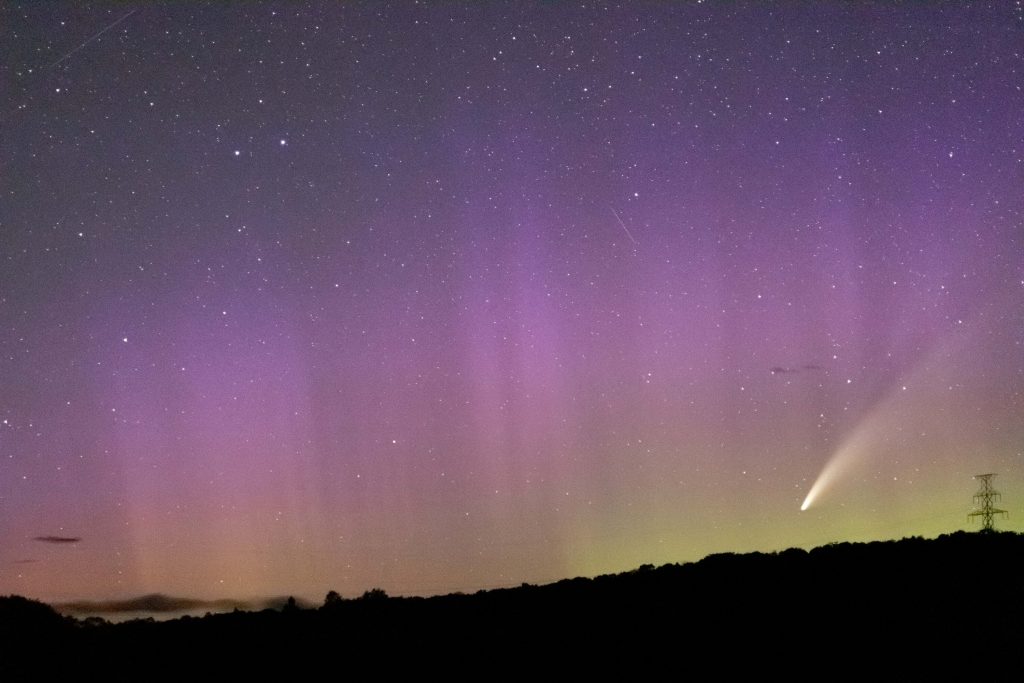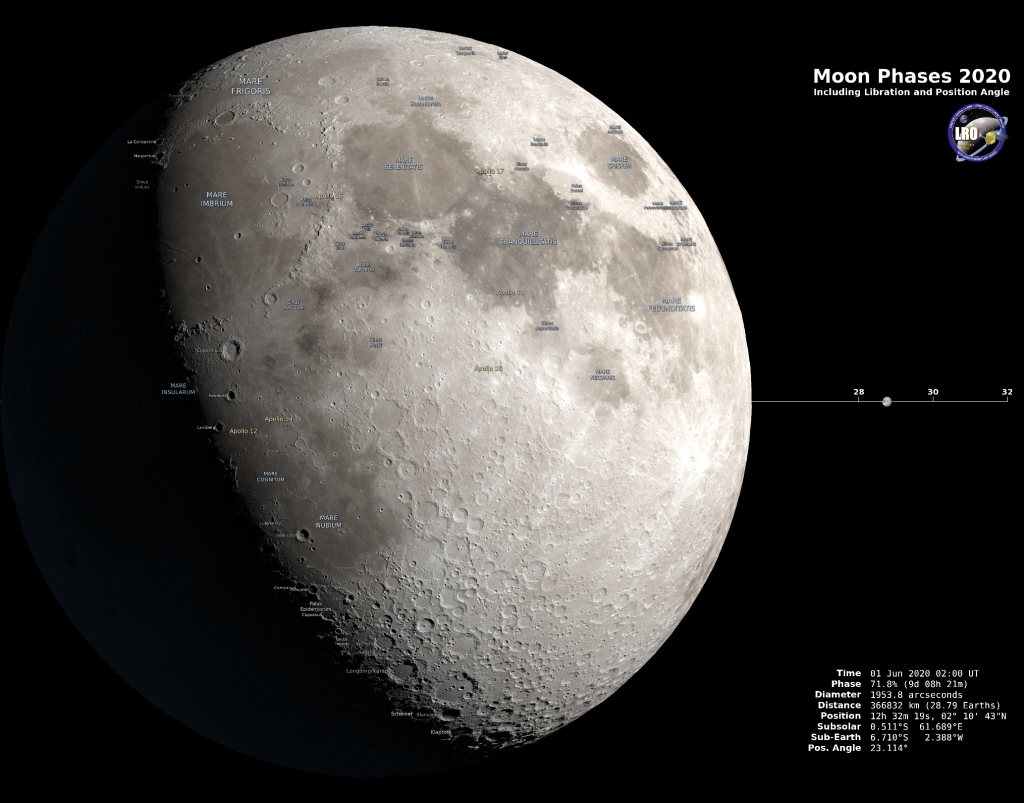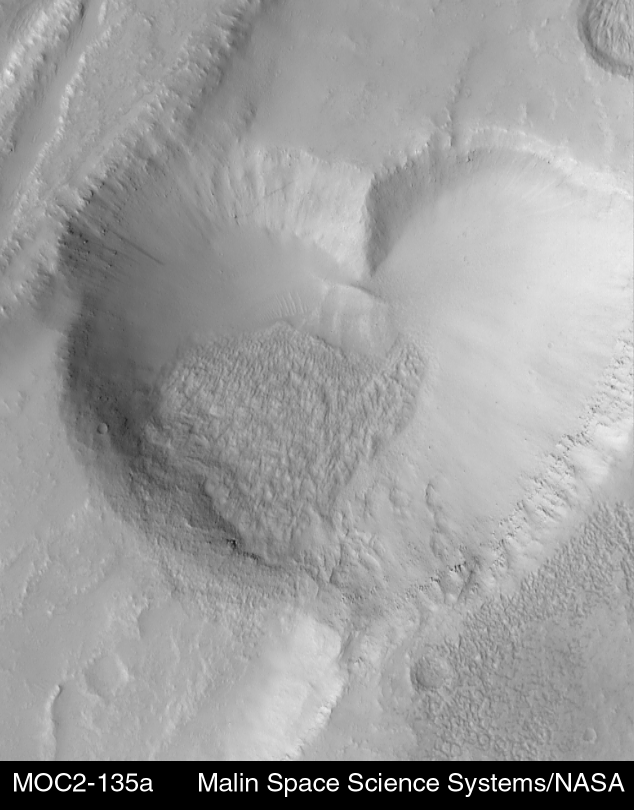All Planets Apparent, Maori Matariki, the Moon in Morning, and Hercules on High!
The well-known Pleiades open star cluster (Messier 45) has long been the centre of indigenous star stories around the world, including South Pacific island groups. The Maori of New Zealand tie their new year to the appearance of the Pleiades in the pre-dawn sky during June/July. The area of sky shown here spans 2 degrees.…
Read more
